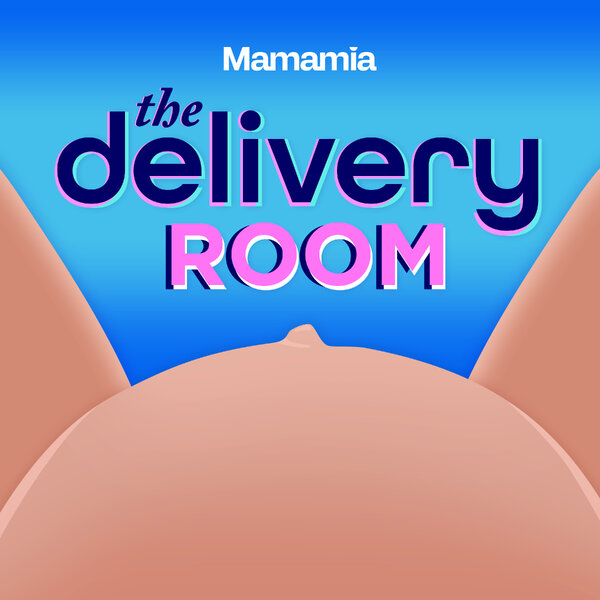By Ambelin Kwaymullina, University of Western Australia
In this series, we’ll discuss whether progress is being made on Indigenous education, looking at various areas including policy, scholarships, school leadership, literacy and much more.
In a town by the sea that lies in the homeland of the Yawuru people, there sits a small publisher. But in the scope of its ambition, the depth and complexity of its range, and its commitment to bringing the voices of Aboriginal and Torres Strait Islander peoples to all Australians, Magabala Books looms large on the Australian literary landscape.
The Broome-based publisher was established in the 1980s, partly in response to concerns that Indigenous stories were being taken and published without permission by non-Indigenous academics and storytellers.
Today, Magabala has the most extensive list of Indigenous children’s literature of any Australian publisher. So for parents and teachers looking to introduce children to the many worlds of Aboriginal and Torres Strait Islander peoples, Magabala Books is a good place to begin.
And anyone who buys a Magabala publication also has the comfort of knowing that they are purchasing an ethically published book. Indigenous peoples hold copyright in their stories and there is a return of benefits to the Indigenous storytellers and/or their communities.
While it is not possible to cover the depth of Magabala’s range in a single article, I offer here, as a starting point, five picture books that have wisdom to share with all ages. While most of these books are listed as suitable for lower primary, I’d suggest this is the point at which children can begin reading the books but not where enjoyment of these texts ends.
Tjarany Roughtail
By Gracie Greene, Joe Tramacchi and Lucille Gill

